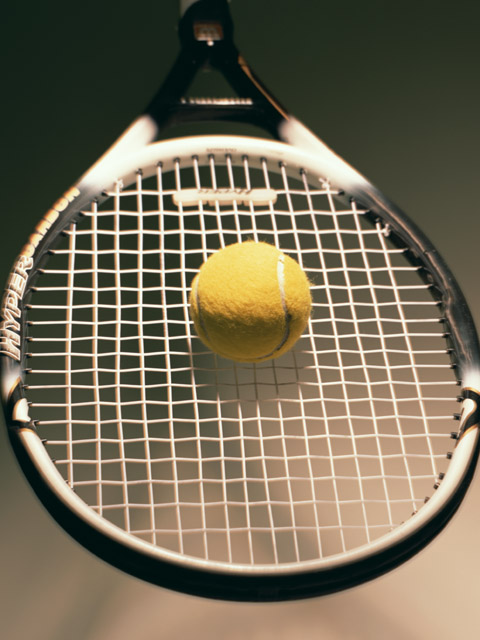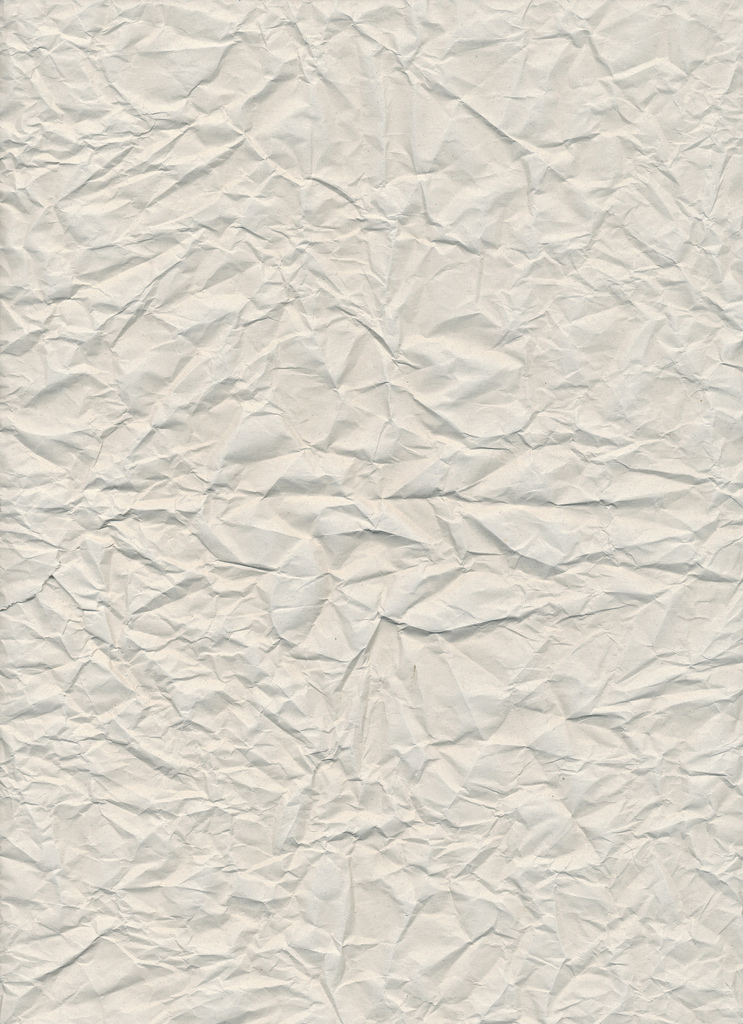These are testing times for English sports fans. As “Ingerlund” laboured to another sterile draw in South Africa, it was already game over on the lawns of SW19. For the first time in Wimbledon’s 133-year history, no Englishman has made it into the main draw. Yes, with wildcards in even shorter supply than goals from Wayne Rooney, home fans will have to pin their hopes on our ladies and on Scotsmen Andy Murray and Jamie Baker.
In a further move to crush our spirits, the All England Club has announced that vuvuzelas will not be allowed at the Championships. So if you were entertaining any hopes of blowing off a little steam and generating some World Cup “atmosphere” around the hallowed turf of Centre Court, forget it. This is one sporting event that remains determined to maintain some sense of decorum among the spectators.
But even as the Club cruelly rains on the vuvuzela lovers’ parade, a far greater threat to the tournament’s tranquility lurks in the women’s draw. I refer, of course, to a possible 4th round meeting between Russia’s Maria Sharapova and Portugal’s Michelle Larcher de Brito.
If the mere bracketing of those names in the same sentence (let alone the same tennis court) doesn’t fill you with trepidation, it should. If you think the Sharapova shriek is an assault on the senses, you haven’t heard anything like Portugal’s 17-year-old Bollettieri babe.
[youtube=http://www.youtube.com/watch?v=7-7WLIqa2M0&hl=en_GB&fs=1&]
The good news is that the dominating presence of Wimbledon champion Serena Williams stands in the way of this match-up from hell. The top seed is not exactly renowned for her noiseless progress through the draw, but compared with these two banshees she’s positively restrained.
During the furore that followed Larcher de Brito’s exit from last year’s French Open, British journalists rushed to pen stories on what might happen at Wimbledon. Was she the loudest grunter in the history of the game? With Nick Bollettieri identified as the common denominator behind three of the sport’s noisiest ladies — Monica Seles, Sharapova and the young Portuguese — the coach was quick to deny that this was something he taught his girls: “The funny thing is that if these women weren’t great players, no one would really focus on them. It is the fact that they are winners that makes people so upset.”
Really, Nick? I think what’s making people upset is that you have patented a fiendishly boring brand of women’s tennis that is bad to watch and murder on the ears. I must defer here to the superior knowledge of the YouTube user who likens the sound of Larcher de Brito to “foxes having sex”.
But all the grunting, shouting and shrieking is but a brief interlude between the main business on court these days — towelling down. I can’t pinpoint the moment when towels migrated from the players’ chairs to the back of the court, but I’m pretty sure it signalled the point when play ceased to be “continuous”.
I don’t know about you, but when I watch tennis — either live or on TV — I like the emphasis to be on rackets making explosive contact with balls. You can argue about the merits of serve and volley versus baseline attrition, but as long as the game is proceeding in a purposeful manner I can generally manage to stay awake.
But just as modern cinema is cursed with meandering plots that often outstay their welcome by a good 30 minutes, tennis increasingly seems to be played in “Rafa time”. I’m a big fan of the Spanish superstar and the energy, commitment and sheer panache he brings to the game. Unfortunately, Nadal’s rather loose interpretation of the “20 seconds between points” rule is in danger of turning his matches into the equivalent of a 12-part mini-series. Like most players, it appears he cannot function without the compulsive towelling off between points that has made ballboys unwilling participants in one of the game’s more tedious rituals.
Back in February 1979, then World Number 1 Martina Navratilova completed a 6-0, 6-0 rout of Marita Redondo in just 29 minutes. I didn’t see that match, but I’m guessing that Martina didn’t spend too much time rearranging bottles of isotonic drinks, or bouncing the ball a hundred times between serves. Even Serena at her most formidable wouldn’t get close to this kind of rapid demolition job. It’s a different game now and I think fans are entitled to feel a little impatient.
Thank goodness for the introduction of a little Hitchcockian suspense in the form of the Hawk-Eye ball-tracking system, which was first used at Wimbledon in 2007. After decades of dodgy officiating and intermittently amusing player tantrums we finally have a piece of technology that silences (most of) the doubts about where the ball landed. Even the dullest match can be enlivened by betting on how well or badly the players do trying to second guess the technology.
So I’ll happily sit through the inevitable rain breaks, disruptions from shrieking players and longueurs of “Rafa time” just to get to the heart-stopping moment when Hawk-Eye swings into action again. It’s where innovation trumps tradition.
(Article first published as Wimbledon 2010: Of Shrieks, Spaniards, And Serena on Blogcritics.)




